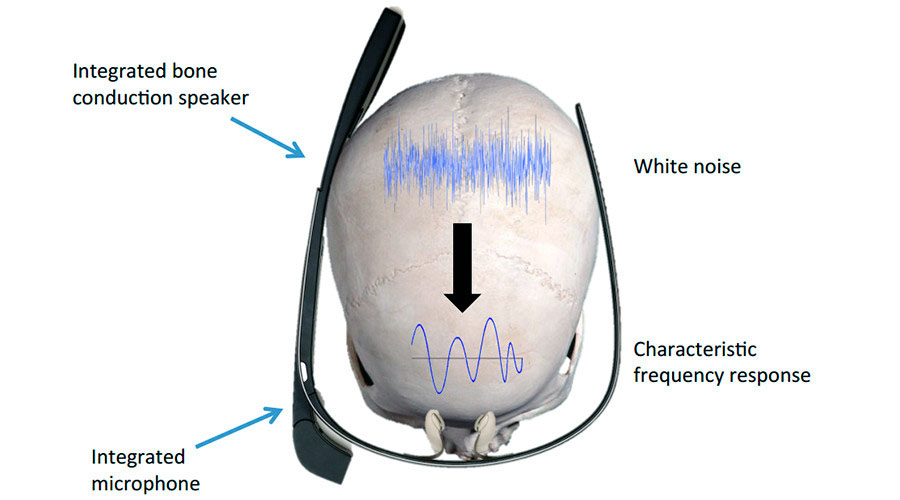Ever since personal computers and the internet took off bigtime, security issues have escalated. Every other week there is a story in the news about some pseudo political, or neurotic, group hacking into a bank, retail store, or government agency and compromising all of the personal information therein. More individuals are getting their email hacked as well as their personal financial accounts. And there seems to be no end to this pattern of chicanery and hijinks.
Of course a large percentage of the blame rests with end users. You know, the ones who can’t resist opening and responding to the email that says they can share in multi-million dollar proceeds if they would help by transferring those proceeds into their personal savings account. Then there’s the plethora of people who love to make 1234 their username and 5678 their password.
However, even the cautious are sometimes hosed by hackers and become victims of internet highwaymen. If the institution one relies on for financial security is hacked and they lose a lifetime worth of savings, the blame may likely rest with said institution. Often, even the most diligent fall asleep at the screen.
These security scares and concerns have fueled a multi-billion industry. Antivirus software, firewalls, dedicated servers, encryption schemes, free and paid apps, and myriad software and hardware systems flood the market each month. Then there are the more sophisticated solutions, relying on biometrics such as iris scans, fingerprints, handprints, voice recognition, DNA recognition, and more.
Here is a more recent attempt at security nirvana. Researchers from the University of Stuttgart, University of Saarland and the Max Planck Institute for Informatics are developing SkullConduct, a technology that uses a person's unique skull structure to log into smart devices, replacing passwords and PINs.
According to the researchers, each skull is constructed uniquely, similar to a fingerprint. In turn, sound waves bouncing around in the walls of the skull will also be unique to each person’s skull.
The SkullConduct process relies on the use of a reconfigured smart eyeglass device, like Google Glass, to act as a bone conduction speaker and receiver microphone. A one-second long tone is emitted to the side of a person’s head, which will allegedly bounce around the skull. The resulting waves are detected by a microphone installed at the front of the glass. If the waves match the person’s profile, the device, such as a smartphone, will be opened.

An experimental study involving 10 individuals revealed that the device works 97% of the time. However, the study also detected limitations of the device, one such being background noise affecting sound detection. Another possible limitation, when a person’s weight changes, so does the manner in which sound patterns travel through their skulls.

Needless to say, this project is going to need some work and more thought, particularly on limitations. For example, what if the user has a head cold; congestion could put a damper on audio signals. How will temperature affect audio signals through the head? What if the person is a hothead and loses control when he or she gets locked of their precious smartphone? Wars have started for less. ~MD
